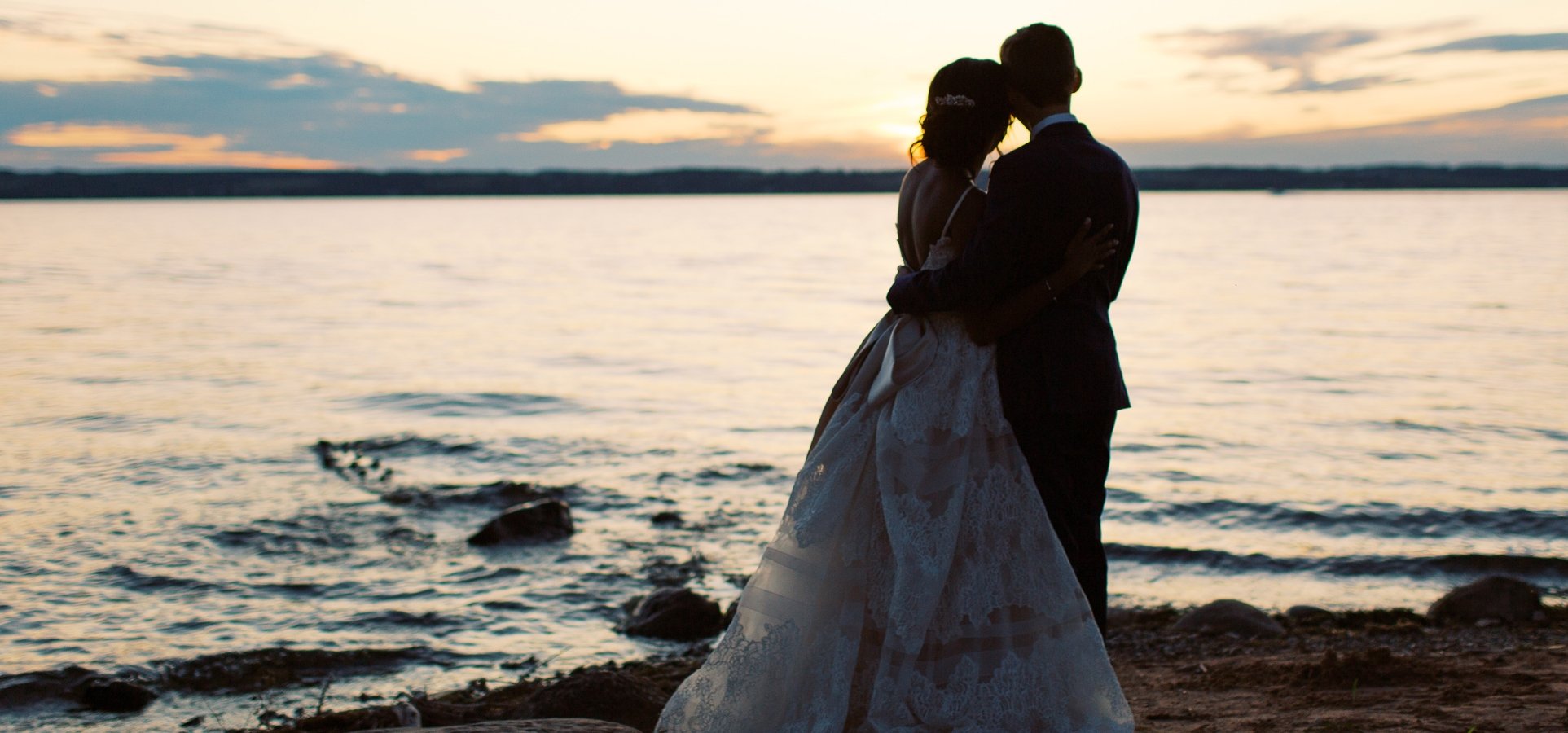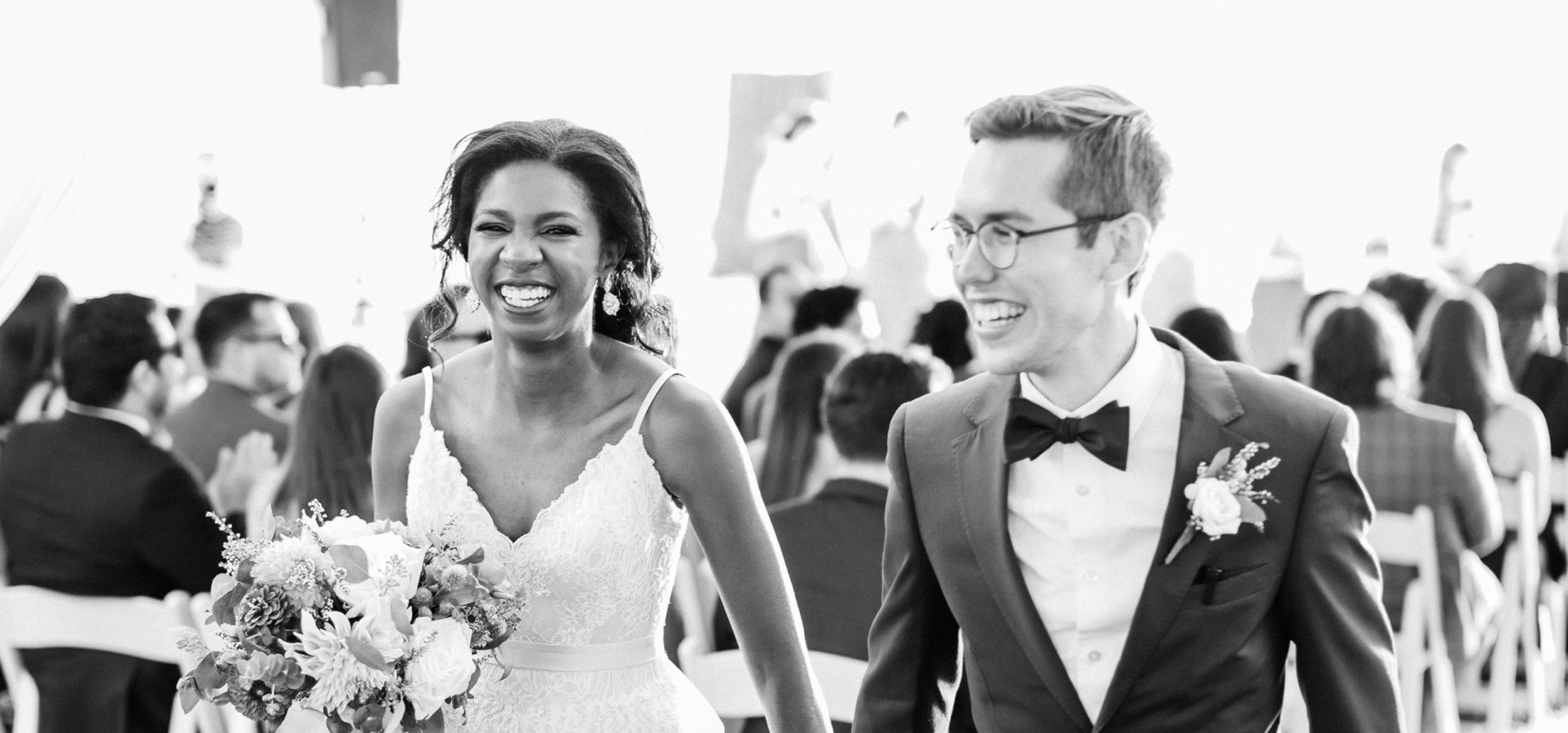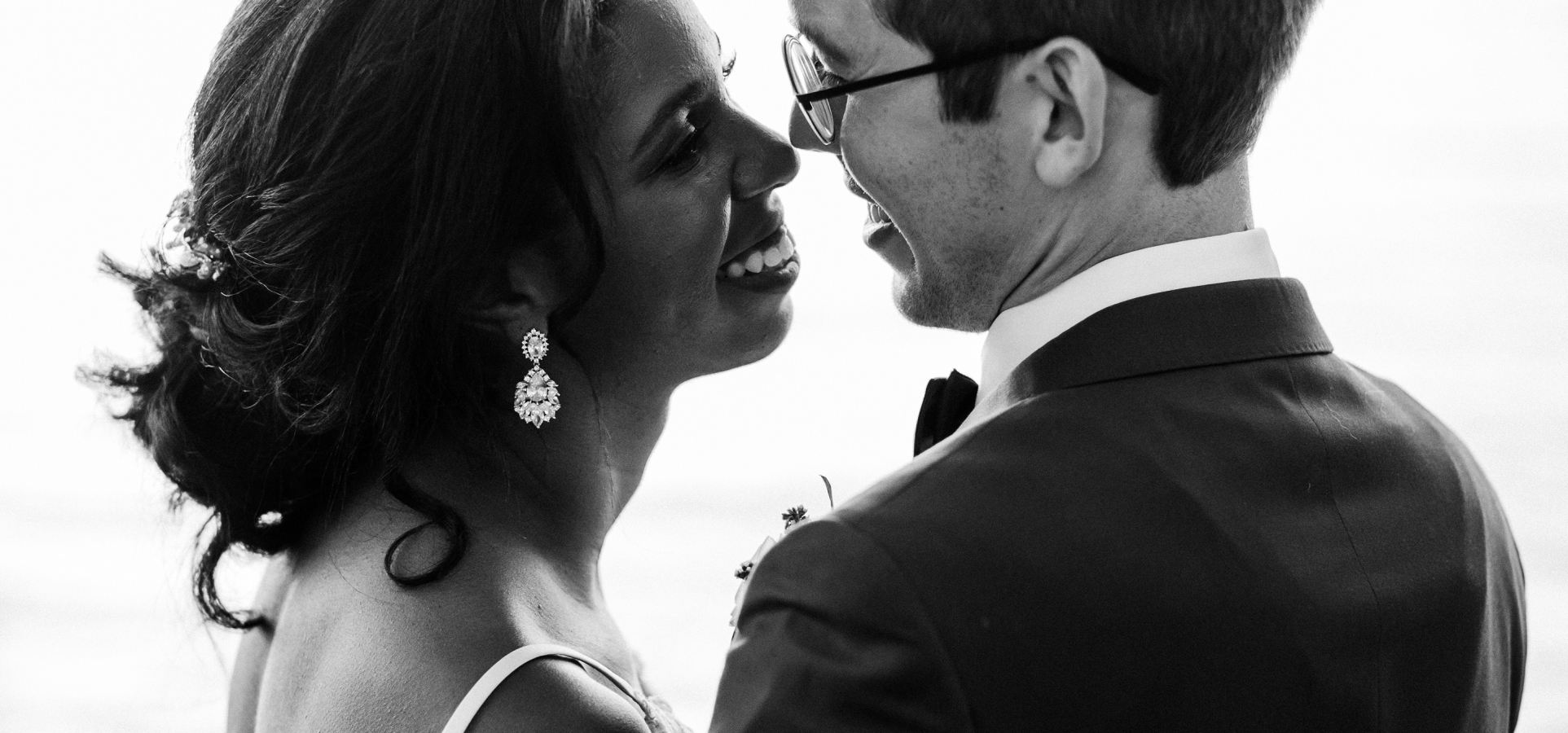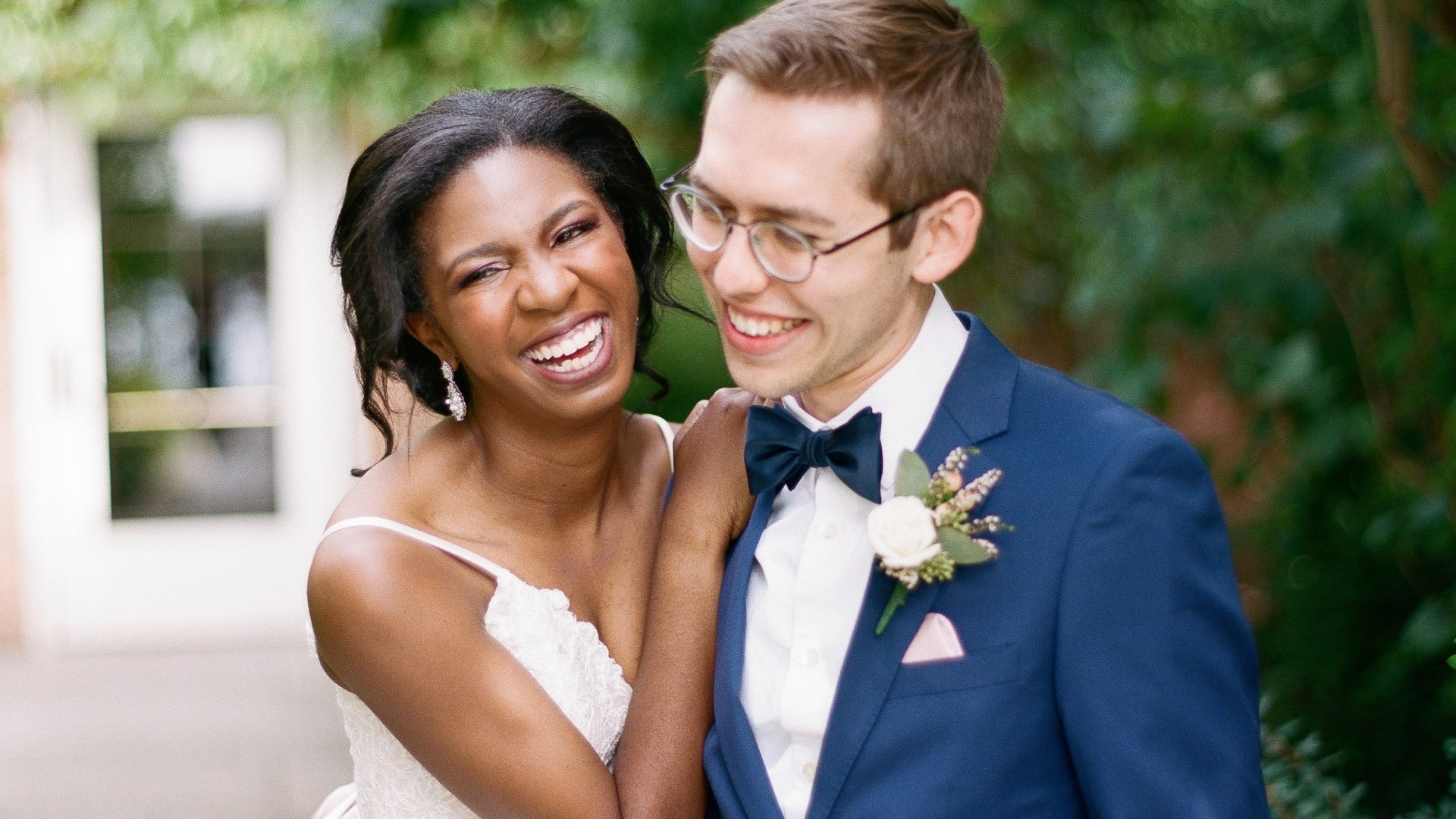Wedding Planning 101
How long does it take to plan a wedding?
First of all, congratulations! If you’re reading this, chances are you’ve just recently gotten engaged—or, at least, recently gotten over the initial frenzy of excitedly sharing the news with all your friends and family. Now it’s time to figure out how to plan a wedding!
If you plan on including anyone outside of yourself and your significant other, it takes a minimum of two to three months to plan a successful wedding. And that’s assuming you’re very well-organized, have a clear idea of what you want, and are willing to get creative.
Realistically—unless you’re really in a hurry—you should give yourself at least a full year for planning before the wedding. The more you compress your planning time, the more compromises and trade-offs you’re likely to run into. That can mean more stress. You don’t want your wedding day to be a sprint across the finish line.
And there’s no hurry: for many people, planning a wedding is the first major project that they’ll tackle with their partner-to-be. Give yourself time to enjoy it, and take it as an opportunity to learn about how you cooperate as a couple.

Step 1: Pick a Season
This is a little less daunting than trying to nail down a specific date right away, and it’ll guide some of your creative decisions later on. Do you want to have a classic summer wedding? Are you following the trend toward fall weddings, when the air is crisp and the leaves are changing? Are you one of the bold couples dreaming of a cozy winter wedding, with fireplaces crackling at your reception? What about a spring wedding, celebrating your new life together with the season’s fresh blossoms?
From there, think about which month in that season you’d want for your wedding. You can zero in on a specific date later on in the process. For now, the month will give you a rough idea of when you need to have your major decisions made by.
Out of respect for your guests, most wedding professionals recommend sending your invitations at least six weeks before your wedding. (For destination weddings—even those in driving distance—you want to be planning for more like ten weeks.) You’ll probably want to book a venue before you send out your invitations (unless you really like to live life on the edge) which will take a few weeks to finalize. These days Save the Dates are commonplace, even if they’re the less formal, digital version (for example, Paperless Post or some other digital service.) These are typically sent out six to twelve months prior to the wedding date.
So, for example, if you want to get married in October, you probably want to have your venue confirmed and your invitations mailed out by the end of July—no later than mid-August. If a Save the Date is important to you, then those should be sent sometime between November and April of the previous year How much you need to do between now and then depends on the scale of your wedding, which leads us to…

Step 2: Do Some Visioning
This is the fun part!
Some planners will recommend that you start by deciding on your budget. We recommend doing some blue sky imagining first, for two reasons:
- First, it’s a lot easier to figure out how much money you need when you have an idea of your dream wedding.
- Second, for some couples, budgeting involves financial help from friends and family; it helps if you can give these people a sense of what they’re contributing to.
If you’ve chosen the season in which you want to get married, you’ve already made some decisions about the look and feel of your wedding. Keep focusing on that for now: try to avoid thinking about a specific venue or a particular centerpiece, and think instead about the overall experience. You’re looking for an outline of your ideal wedding style. Here are some questions to guide you:
- Big or small? Do you want your wedding to feel like an intimate gathering of family and friends, or a huge party for everyone in your life?
- How traditional do you want to be? Some people find the structure of a traditional wedding to be encouraging; others find it constricting, and need something more DIY. Remember, this is your wedding. Don’t feel pressured to be traditional — or to be anti-traditional. It’s up to you.
- How formal do you want to be? This is related to the question above, but the distinction is important: it’s possible to have a wedding that’s informal and traditional — or formal and non-traditional — or any other combination. You can get married in a church in your best blue jeans. You can also have a black-tie wedding with your yoga teacher officiating the ceremony.
- When you think about your wedding, what color palette are you drawn to? Do you associate your wedding with warm or cool colors? Earth tones or neon? The season you chose earlier can inform your choices here.
- What’s the one thing you want to stand out when you and your guests remember your wedding? The ceremony? The music on the dancefloor? The food? The setting? The whole event will be magical, of course. But if you had to pick one part to highlight, what would it be and why?
Once you’ve got a handle on some of these questions, it’s a great idea to start keeping a Wedding Inspiration Folder. Pinterest is a wonderful tool for this. You can also go analogue: cut out images of anything that inspires you, even if it’s not specifically wedding-related, and paste it onto a sheet. If you have some easy references to bring with you when you meet with your wedding planner, you’ll be way ahead of the game.
Once you’ve got your style sketched out…

Step 3: Figure Out The Budget
Now it’s time to get down to some hard numbers. What’s the most you can afford to spend on your wedding right now? Who might be willing to give you a gift beyond that?
If your visioning process is pointing towards a more intimate event with a limited guest list, your budget will go farther. If you’re looking at a 300-guest extravaganza, you’ll need to be much more careful with setting your budget and sticking to it. Cost overruns early on could leave you scrambling to come up with quick cash, or cutting corners on important details that will affect your guests.
How much will you need? Reliable estimates are hard to come by: for example, Brides Magazine averaged the cost at $44,000. This number will work well enough for very rough estimates—but averages obscure costs at both the very high and very low ends. Keep in mind that these numbers cover everything from wedding galas in downtown Manhattan to farm weddings in Idaho.
As with real estate, the biggest cost factor is location, location, location. A high-demand, all-inclusive venue will carry a premium price tag. That’s why it’s helpful to go into the budgeting process with a good sense of your wedding’s scale and style, like we explored in Step Two. If you can’t imagine getting married anywhere but the Plaza Hotel on Fifth Avenue, your budgeting will look a lot different than a Vegas elopement.
Once you’ve arrived at a number, set aside 10% of the total for your OSF (the “Oh Shoot! Fund”), which, frankly, is an inevitable part of the process. As you get down to deadlines, making sure you have what you need will almost certainly mean more to you than meeting your budget goals. Be prepared with a cushion. To help you keep track of these funds, we recommend opening a bank account exclusively for your wedding expenses.
Putting It All Together
You’ll have three very important pieces of information at the end of this process:
- A rough idea of when you want to have your wedding
- A general sense of the wedding style you’re envisioning
- A working number for about how much you can afford to spend
With these guidelines, you can move onto the next phase — working with a wedding planner. We’ll offer some advice for how that works in the next part of this blog series.
The wedding photos featured in this post are from Jeremy and Charlene’s wedding, photographed by the wonderful Alexandra Meseke and recently featured in Martha Stewart Weddings. For more real wedding profiles, click over to our Inns of Aurora Weddings main page.



